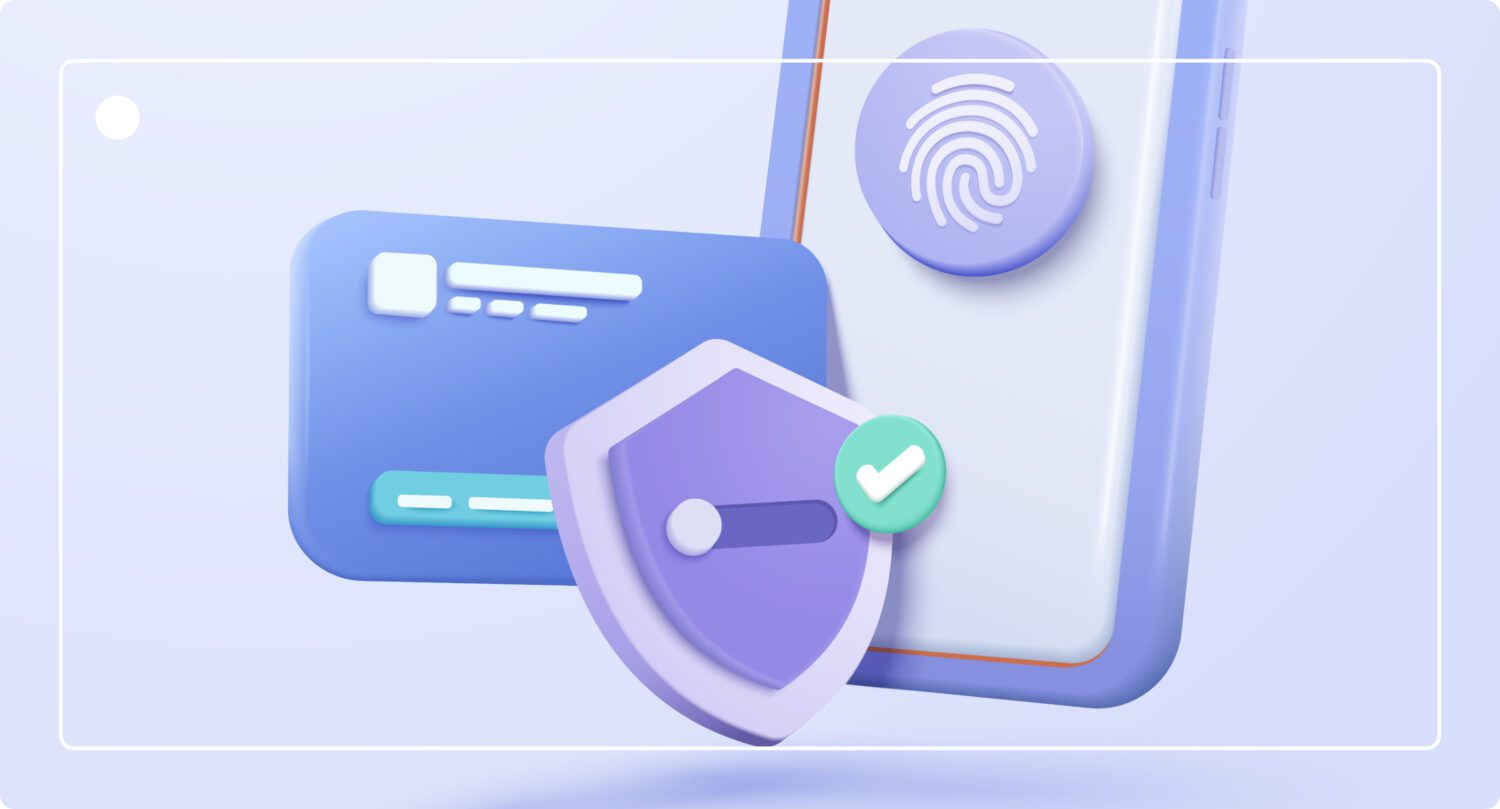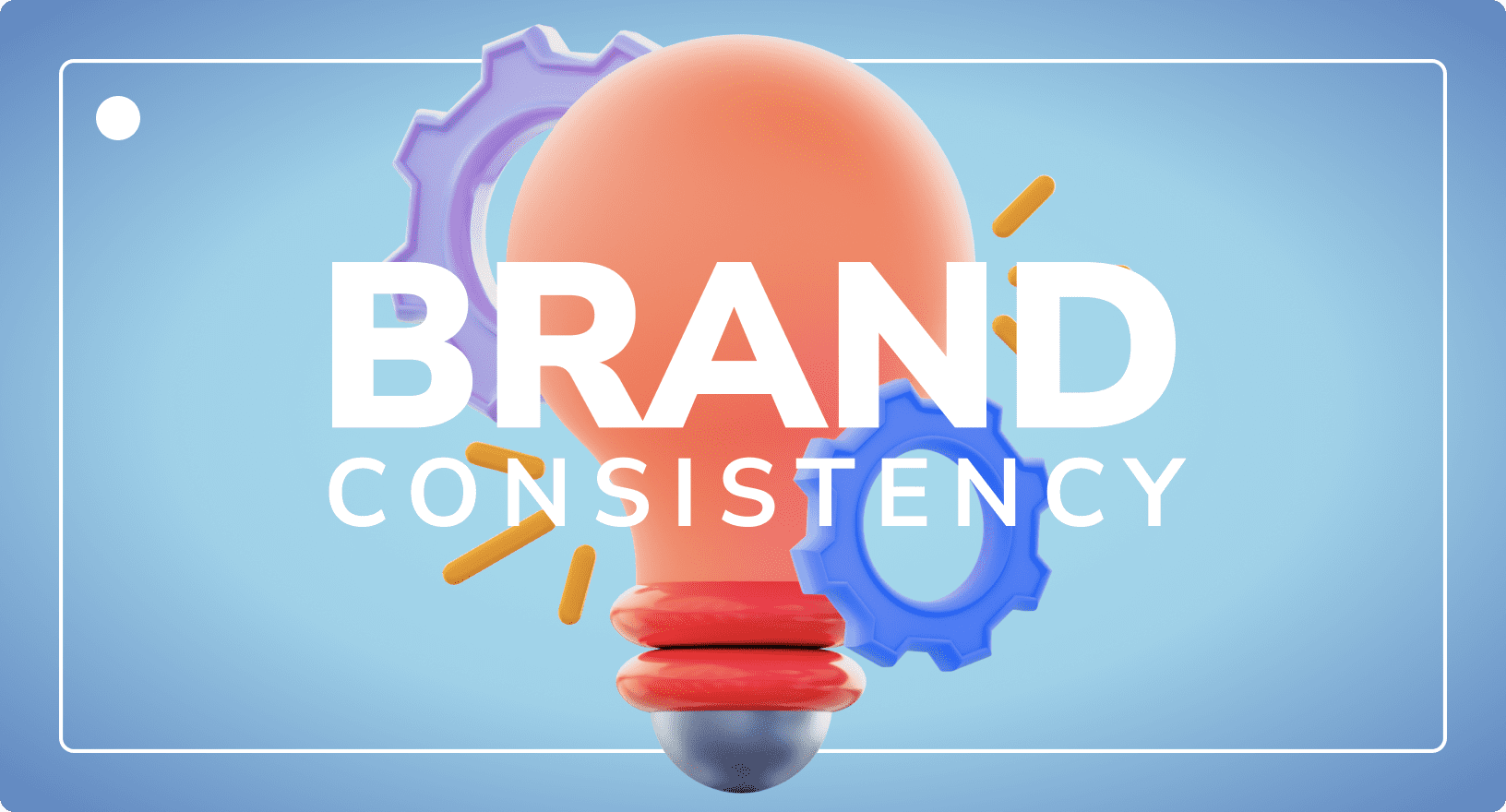Digital Asset Management: Cloud-Based or On-Premises?
Digital Asset Management
Updated on February 17, 2025
Digital asset management (DAM) systems come in all shapes and sizes. Every business has different requirements, budgets, and resources, so there is a lot to think about when it comes to finding the best option for your company.
But which type of digital asset management hosting environment is best – a cloud-based DAM platform or an on-premises one? Before you begin evaluating potential systems, you should narrow down your choices.
You can begin by learning more about the two main DAM system types – digital asset management cloud platforms (also known as a Software as a Service or SaaS DAM) and on-premises, or locally-hosted DAMs.
The type of DAM system you choose to use for your business can have a significant impact on your processes. Therefore, we created this helpful guide to explain the differences between cloud-based digital asset management and on-premises solutions.
What is Digital Asset Management?
Before exploring the system types, it helps to answer a more basic question; what is digital asset management, exactly?
Digital asset management is the process of storing, organizing, managing, editing, and delivering digital files. Brand consistency and knowing your sales and marketing teams are working with the same media files are some of the reasons why digital asset management is crucial in today’s working environment.
At its most basic level, digital asset management is the computerized version of a filing room – a central repository that makes documents, media assets, and works-in-progress available for anyone who needs them – whether internal stakeholders or external partners.
A digital asset management system is a key part of most business’s operations. With DemoUp Cliplister’s cloud-based digital asset management software, you are even able to edit and change metadata, dynamically deliver images, and syndicate product content directly to your leading retailers.
Digital Asset Management Cloud Platforms vs. On-Premises Systems
Like many other software solutions, DAMs can either be hosted locally (on-premises) or accessed via the web. In the first case, your company is responsible for hosting and storing the software and data on its own server.
In the second case, companies use the DAM provider’s IT infrastructure. The provider runs the DAM on its servers and companies access the application via the internet.
Each option has a specific value it can bring to your business which should be analyzed and tested for your business model and your company’s existing structure. But first, let us explain what each solution is.
What is an On-Premises DAM?
An on-premises DAM is a file management system hosted locally on a company’s internal servers. Typically, it requires access to a local area network (LAN) that employees can use to store, organize, share, edit and distribute digital assets.
On-premises digital asset management systems require heavy involvement from a company’s IT team and can be a burden on resources. However, locally hosted platforms also provide unparalleled security, full control, and complete transparency of your digital content lifecycle.
What is a Cloud Digital Asset Management System?

Cloud digital asset management software is a web-based digital asset management solution. With web-based digital asset management systems, users manage digital assets via the internet and have access to all a company’s files.
Using the cloud for digital asset management is both more cost and resource-effective than hosting your own digital asset management platform.
On-Premises vs. SaaS DAMs – Which is Best for Your Business?
The best option for your business depends on several things. Here are 10 questions you should ask before deciding:
- How many internal IT resources do you have available?
- Can you afford ongoing maintenance and upkeep of your own system?
- Do you need access from anywhere?
- Are you storing documents related to trade secrets, research, or engineering?
- Do you host your own servers?
- How much storage do you need?
- Do you need to deliver content externally (syndicate)?
- Do you have a reliable internet connection?
- How are your processes set up?
- How big is your company?
By answering these questions, you have a better understanding of your business needs and can weigh them against the pros and cons of each system type.
When is a Local DAM Solution Beneficial?
One argument for hosting your DAM system locally is your internet connection. If your company has an unreliable or slow internet connection because of its location, an on-site solution may be required.
Another argument for an on-site installation is the issue of control. Some companies want to maintain full control over the software they use, stored (business-critical) data, and security through their internal IT department.
This means that access control should be one of the factors to consider before you look into a DAM implementation. If your key stakeholders have strict security requirements then you may need an on-premise DAM.
In this case, you are independently responsible for updates, backups, and protection against security risks. If you want to integrate the system with other in-house solutions, a local installation can simplify your DAM implementation process.
Also, the customization options an on-premises DAM solution provides are usually far greater when compared to cloud DAMs, which are used by many customers in a standard scope (like maintaining brand consitency or managing creative files).
From a financial perspective, locally hosted digital asset management systems are far more cost-intensive than a cloud DAM systems.
This is because, in addition to the software licensing fees, companies also must provide further monetary, human and time resources for the following disciplines related to managing digital assets:
- Hardware: Additional costs for server and network hardware.
- Additional software: Additional costs for virtualization software, databases, and operating systems, if applicable.
- Internal IT: Additional human resources may be required to manage and maintain the new system environment.
- IT security: Costs for security checks, secured server rooms and external monitoring systems.
- Roll-out: Usually, a more time-consuming roll-out until go-live plus additional costs for (external) project management.
- License fees: High one-off costs or initial investments.
When is Cloud-Based Digital Asset Management Beneficial?
The costs listed above provide arguments for why more companies are turning to cloud digital asset management software providers when purchasing a new DAM system:
“81% of companies run at least one business application (e.g., ERP, CRM, PIM (Product Information Management), MAM (Media Asset Management) or part of their computing infrastructure in the cloud.”
IDG, Cloud Computing Research 2020
Cloud-based digital asset management solutions eliminate the costs and effort for in-house software administration. Thus, cloud-based DAM systems are suitable for all companies that do not want to incur large costs and one-off investments.
With cloud-based DAM platforms, companies do not buy licenses but pay a rental fee (usually on a monthly or annual basis) for the number of activated users. If you need to give both internal and external stakeholders access, then a cloud DAM would make sense.
At the same time, companies retain the flexibility to expand or reduce capacity at short notice depending on the needs of their marketing teams.
Moreover, software manufacturers include updates and maintenance services in the license fee. Therefore, a cloud DAM system is also suitable for small and medium-sized enterprises that do not have a complex IT infrastructure or their own IT experts but have loads of digital assets.
Since cloud DAMs are accessible via the internet, teams can access the stored data regardless of their location. This makes file sharing much easier with both internal and external stakeholders.
Therefore, a DAM solution in the cloud is recommended for companies with multiple locations and utilize workforces that are increasingly shifting to the home office.
Companies that want to make their data accessible to external stakeholders (e.g., agencies, suppliers, sales partners, multipliers) also benefit from a cloud-hosted solution.
Another major advantage of having your company’s DAM function hosted in the cloud is how much faster the availability of media is.
Modern DAM software providers host their applications on a network of geographically distributed servers (Content Delivery Networks, or CDNs), which drastically speeds up the transfer of media to websites and online shops. This also improves the customer experience.
Using digital asset management software in the cloud promises financial advantages compared to an on-premises solution, as no initial investment is required.
With on-premises DAM systems, though, ongoing infrastructure and maintenance costs must be considered in addition to licensing costs. These costs are generally not associated with cloud-based digital asset management solutions.
If you want to know exactly which licensing model is really the cheaper option for your business model, you should make a detailed cost comparison in terms of a “Total Cost of Ownership” (TCO for short).
“Total cost of ownership (TCO) defines a comprehensive assessment of information technology (IT) or other costs across enterprise boundaries over time.
For IT, TCO includes hardware and software acquisition, management and support, communications, end-user expenses and the opportunity cost of downtime, training, and other productivity losses.”
Gartner Inc., Glossary
To determine whether a cloud DAM system is cheaper overall for your company, Gartner recommends making a detailed cost comparison over a period of at least two to three years, considering the TCO.
Summary
As with most things in life, there are two sides to every coin. While on-premises DAM systems allow you to retain full control of your files, they place a heavy burden on a company’s resources, IT infrastructure and budget.
By moving to the cloud, digital asset management resources become freer to help achieve your strategic goals. File sharing and working on digital assets becomes a lot less stressful because everyone is working on the same digital content.
Whether you’re interested in sharing files or marketing assets, working on digital content from remote locations, or need to flexibly control access, cloud DAM software makes it easy.
At DemoUp Cliplister, we offer our eCommerce DAM system as software as a service. It is the world’s only all-in-one digital asset management platform for leading eCommerce brands and manufacturers to upload, store, edit, share, and syndicate product content to retailers around the world.
The cloud-based DAM provides outstanding performance and unmatched security. All your relevant assets are are stored in secure data centers, which means you don’t need to worry about unauthorized access.
Talk to a consultant today and see how the world’s number one digital asset management platform for eCommerce combines the control of an on-premises system with the flexibility of digital asset management in the cloud.
For more information about DemoUp Cliplister products and how they can accelerate your eCommerce growth, visit the homepage, or check out the rest of the blog.
Cloud Digital Asset Management (DAM) is a system where digital assets like images, videos, and documents are stored, organized, and accessed through cloud-based servers, enhancing accessibility and collaboration.
Cloud DAM refers to Digital Asset Management systems hosted on cloud servers. It allows users to store, manage, and share digital assets online, fostering remote collaboration on and easy access to all digital content.
Key benefits of managing digital assets in the cloud include enhanced accessibility, ensuring brand consistency, scalability, collaboration, cost-effectiveness, automatic updates, and ensuring seamless and efficient digital asset workflows.
Choose a cloud DAM for flexibility, scalability, and ease of remote collaboration. On-premise systems offer control but may require higher upfront costs and maintenance.
For some examples of cloud DAM software, read our rundown of the best digital asset management software providers.
Better Content. More Sales.

Fill out the form to discover our end-to-end eCommerce content solutions for brands & shops




